|
Article and photo by Donna Iverson
"Ugly," said a neighbor when I asked him what he thought about Norway spruce. He said he had one Norway spruce in his yard and he would cut it down if it didn't hide the garbage cans. "Oh dear," Norway spruce happens to be one of my favorite trees. I know when it gets old it can look ratty and bedraggled but its inner beauty is what I see. To me, it looks like a tree from ancient times especially when growing next to century-old Michigan stone buildings. They compliment each other, calling up the mysteries of the past. A look right out of legend. In fact, Norway Spruce is an ancient tree...one of the oldest on the planet. When its genome was sequenced in 2013, scientists tagged its origin at about 10,000 years ago. It really isn't indigenous to Norway but arrived there around 1500 BC from the Black Forest in what is now southwestern Germany. But don't tell that to Norwegians, as far as they are concerned, it is their national tree. Every Christmas, Norway sends a huge Norway spruce to London, Edinburgh, and Washington DC to thank these respective countries for helping defend them during WWII. My paternal great grandfather and great great grandfather who emigrated from Bergen around 1880 brought their love of the Norway spruce with them. Although long gone, the Norway spruces they planted still grace farmland in Whitehall where they settled. The trees are enormous and stand as sentries protecting the farm buildings from wind and weather. It's only recently that I learned to identify Norway spruce from a distance. It has droopy branches, well, actually branchlets, which hang downward and a pyramid shape. These characteristics make it easy to spot. In the spring the tree has long cones, which vary in size from 9 to 17 inches. The tree can live for centuries and grows to 100 even 200 feet like the tallest Norway spruce in the world which resides in Slovenia. Animals love it. It provides winter cover for deer, grouse, rabbits, and the woodcock as well as roosting branches for the hawk and owl. It's wood is used to make baskets and musical instruments, like the violin, including the Stradivarius. Foragers eat the bark (don't recommend it) and foodies clip the new young spruce tips to toss in salads and flavor cocktails. It is especially popular with chefs of the New Nordic cuisine. But unless you are an experienced forager, or can go with an experience forager, the safest advice is to leave it alone. As for me, I like that it connects me with my Scandinavian ancestors who planted the Norway spruce to remind them of home. The Norway spruce outside my apartment window does the same for me.
1 Comment
By Terry Grabill
Last year, I wrote a piece about spring migration that turned out to be more of a love note to Mother Nature and, more specifically, bird migration. To avid birders, this is the season we celebrate zugunruhe (migratory restlessness). My day-job is my middle school science classroom and ALL of my personal days-off are saved to travel to birding festivals where we join tens-of-thousands of birders from all over the globe to crowd on boardwalks and trails in search of little gems stopping on their trip north to breed. This year, though, is a little different. Andrea and I will not be crowding onto the Magee Marsh boardwalk with up to 90,000 obsessed birders from every continent to witness the incredible phenomenon of thousands of songbirds resting and staging before their trip over Lake Erie. Nor will we march with masses along the trails of Tawas Point where these songbirds land on their trek north along Michigan’s east shore. I’m not sure what this year’s confusion means to the Beaver Island Birding Trail’s Warblers on the Water event in 2020. I just cannot bring myself to write this one off yet. What in the natural world does an obsessed birder do in a spring migration confounded by social separation? As I sit writing this, I’m fortunate to have a great view of our yard and many bird feeders. GOOD NEWS! The migrating birds have no idea that we’re experiencing a crisis and are showing up every day! In fact, we can track migration from our home computer or device by visiting https://birdcast.info/. This site, administered by Cornell Lab of Ornithology, watches migration progress using doppler radar technology (yes, flocks of migrating birds show up on radar!). Waves of migrants show up daily in a relatively predictable sequence from mid-March through mid-May. In the interest of following CDC’s advice and requests, Andrea and I are watching our yard and feeders carefully to notice old friends as they come back this spring. Not being anxious to get to distant locations to bird this year has made me more keenly aware of the birds I see locally. If the reader is interested in feeding yard birds this spring and reluctant to venture out to buy bird seed at a crowded store, consider visiting www.birdgoober.com where we make bird seed come right to your home! It has occurred to me that social separation is not compromised by me birding in most local places. I’ve seen a wide variety of birds this spring from my driver’s seat! Yesterday, I saw a pair of Trumpeter Swans fly low over M-82 in Garfield Township, Newaygo County. I also found a bald eagle from the bus window as we delivered school lunches to students! Andrea reminds me that as long as we are not stopping to fuel or eat or visit, we are still in separation. I just read a post on Facebook that some American white pelicans can be found in Newaygo, on a lake right behind the high school. Fremont High School also has a wetland visible from the road that hosts a wide variety of birdlife. The Wetland Trail has a terrific boardwalk from which spring songbirds can be seen while still maintaining social separation. This is still a terrific time in nature. Certainly, this season’s effect on you and me is not what we were expecting or prepared for but, just a step outside yields sights and sounds that calm the spirit and remind us that the natural world is still at work. Birdgoober weird fact: COVID 19 is bad, CORVID is a word that refers to birds like crows and ravens. For Birdgoober.com, I’m Terry Grabill Article and photo by Donna Iverson
As a pandemic spreads around us, my garden bed is looking more and more like a refuge, a place of mediation, even free therapy. While the temperatures are still too low to plant even cold weather crops, it won't be long before we can. Lettuce, peas, onions, arugula, collards, carrots and beets, to name a few. Prior to planting, gardeners need to prepare the soil: pull out weeds and add some organic matter like compost, if you have it..even coffee grounds will enhance soil fertility. The big word in agriculture these days is "regenerative" meaning you need to feed the soil to get healthy plants and a healthier you. Usually this time of year, I use a hoe to loosen the topsoil and a shovel to dig down a few inches in preparation for planting. But this year, I'm not so sure. All winter, I have been reading and learning about the no-till method of gardening. Horticulture experts say that it does more harm than good to disrupt the soil biome. For one thing, you kill earthworms who are your garden friends. But it is hard to resist grabbing that hoe and shovel and getting to work ..as it is often the only chore available to a gardener until the soil warms up and dries out. So this year. I will experiment with this approach and leave the garden tools home. Instead I will weed and grab a handful of dirt and scrunch it into a ball. When I open my hand and it crumbles, I will know planting time has arrived. If it stays tightly packed, I will have to wait a little longer. Sort of like taking your garden's temperature. As for me, guess it's time to buy a thermometer so I can take my own temperature. I have a feeling that spring will find me in the garden a lot more often, as I find gardening calming, my fellow gardeners supportive, and the promise of sprouting veggies seeds offering hope in a dark time. Article and photo by Donna Iverson
There are fewer and fewer of them, but eye catching when you spot one. Especially a homemade one with a base of straw, old clothes and a whimsical head. Each unique in its own way. We are, of course, talking about scarecrows. Traditionally a sign of autumn and the harvest, scarecrows often survive the winter to oversee spring planting. Their job is to scare birds away from freshly planted seeds. Originally, their job was to scare away crows, hence their name: scarecrow. As you may already know, it doesn't work. Birds, and especially crows, are too smart to be fooled. After a few days they have figured it out that the scarecrow is not a threat no matter how menacing it looks. And even cloth or ribbons waving in the breeze doesn't deter them. Although adding clinking aluminum pie tins might. But no matter. Gardeners love scarecrows and having a human-like mannequin supposedly guarding the crops makes us smile. Historically, scarecrows can be traced back to the ancient Egyptians, who employed them to protect their crops along the Nile River from being eaten by quail. Around the same time, Japanese literature refers to a scarecrow called Kuebiko, a deity of agriculture and knowledge. In colonial American, German immigrants concocted scarecrows they called "bogeymen," which were dressed in old clothes with a red handkerchief tied around their necks. Eventually, thinking these bogeymen were lonely, the farmers created female scarecrows to keep them company. Colonial scarecrows were designed to be as ugly as possible and there were contests to rate their appearance. The scarecrow is featured often in American literature, poems and musicals. Perhaps the most famous Is the scarecrow in the Wizard of Oz who is searching for his brain. Eventually, he finds it. In Nova Scotia, a farmer named Joe Delaney began to enjoy his scarecrows so much that in 1984 he created a scarecrow village. Unfortunately, the scarecrow village was closed in 2011 after it was vandalized, someone destroying the 46 scarecrows he had on display. Making your own scarecrow the old fashion way is fairly easy...all you need are some old clothes and straw to stuff it with. Pumpkins or gourds are traditional heads although a stuffed burlap sack will also suffice. Once completed, tie your creation to a pole or fence near your garden beds. The birds may ignore it but I'm pretty sure neighbors, family and friends will be stopping by to admire your handiwork. Photo and story by Tina Bury
Recently, while on a ship (sofa) in the ocean (living room) with my wee fella, on our way to Mackinac Island (still in our living room), I was mending the knees of his pants. He "fished" while I mended. He wasn't sure that we were both "working". In fact...he proclaimed "How come we're not both working?!" Hmm...we may need to have a talk about what "work" is. It's sort of disconcerting that perhaps my son, MY son, doesn't value "women's" work. Is it in his DNA? What on earth?! Or perhaps it's the age-old quandary of your work/effort doesn't LOOK exactly like mine, so therefore I can't see it's value. That great divide between Me and You and the struggle of overvaluing our own efforts and undervaluing the efforts of others. Interesting to ponder, but I digress. What I really want to talk about is making and "finding" time for making. Honestly, nearly all of my making is in the tiny bits of time that I (gently..now) force it into. I'm guessing you can relate. And yes, I'm claiming mending as making time. Gah, making - it's the one space in my weekly tracking that often remains empty, okay, that and moving my body. Sadly. (If you've been here a while, you probably are not surprised at my nerdiness! Weekly tracking...ha ha ha) So, I'll claim mending, because it makes me feel good. And peaceful. And connected. And that assuredly counts. But sometimes I have no energy for it and those little pants with ripped out knees snuffle and cry and pile on all the guilt...until in a moment of overwhelm, I cut them into rags, ha - the power!, and begin again! And then one gets through. And I'm just sitting on a ship in the ocean after all, doing nothing...sure, maybe I should have been "fishing", but how many fishermen does one ship need? Someone has to do the tending. It's like that, right, life moves along at its swift pace and if we don't make the time and space to do what fills us up, we won't just have the time. Sure, you can argue that perhaps while on the ship at sea I did just have the time, but I would argue that, I had to intentionally choose to make with my hands while engaging with my wee boy with my imagination and self. I plan at least one making outing every week, generally a knitting circle in my town...because I KNOW that making with my hands enhances my life and fills me up. I know it soothes my, very active, mind and allows me to be a better human. And bonus...making and friends are both values of mine, so it's a twofer! I've been thinking a lot lately about making for the pure joy of it and scheduling bullet-proof time in my week for it, beyond the weekly knitting night. I find that living mindfully and making space for self-care requires constant recalibration at any given moment. I make a plan, I follow my passion, diving into what's pressing at the moment and eventually I feel off. Feeling off is my indication that I need to reconnect to my core values - family, engaging work, friends, play, making, tending home, moving my body - and re-balance. Add a little more of this in my week and a little less of that. We have more control than we think. There are times when we mindlessly choose to engage in something that is not enhancing our lives and we have the power to choose instead to fill that time with what does take care of our needs. And those little moments add up, they do! And I think that knowledge is exciting...it means I can do this, regardless of how "busy" I am. I can sew a seam here and there, I can cut out a pattern in the evening or knit while watching a show. I can. So, here's to choosing mindfully and making space for what matters to us and letting go of what does not. By Tina Bury
Sometimes it’s so hard to accept that we can only do so much at a time, and yet it’s also freeing. The surrender. Surrender…often looks like a kicking-and-screaming-followed-by-peaceful-acceptance cycle for me. Over and over. Maybe someday, I can bypass the kicking and screaming! A blue merino wool jersey dress created months ago is the last garment I’ve made myself with the exception of a sleeveless tee used to teach a class on hand sewing. And I’ve been feeling the doldrums in my closet! It’s been forever since I’ve sewn anything on my sewing machine. Wait, that’s not entirely true…I recently made a rocket ship costume for my boy. To lackluster review. Maybe that’s why I forgot about it. I spent last spring immersed in building my business and caretaking/being with both my Dad and my Dad-in-law, who were both in ill health. I have moments of disappointment that I’ve not made space, energy or time to get my “make” on, but then I try to remember, and embrace, that there are different seasons in life and the last few months have been for caring for family. There’s only so much I can do at any one time. I’m incredibly grateful that I had the room to spend weeks at the hospital with my Dad and that I was able to visit my Dad-in-law several times before he passed. Learning that I can’t cram everything in ALL the time has been a tough lesson for me. I get this fear that when I let something go to make room for something else, that thing I let go will be gone for good. “See you later…I’m outta here”. That I’ll never do it again, get it again, have it again…you get it. Such a scarcity mindset. If I look at it honestly and gently that has simply not been the truth. And, also, it’s okay if it leaves for good, as long as I’m mindfully living…checking in with my heart and body to be sure my needs for creativity, movement, connection and growth are being met. Cause that’s really what I want, right, to feel great. To feel empowered, strong, at ease and engaged. So, I’m trying to be gentle with myself and reassure my Make 9 List of garments from January, that I’ll get to you…or not…and that’s okay. Tomorrow, though, I’m going to sew up a dress with that sweet ochre double gauze I got for my birthday. I think. How do you deal with “seasons” in life? Do you feel the deep disappointments that I do? Are you able to surrender and still feel abundance in your life? I’m working on that. Abundance. I recently committed to a 40 day meditation with a group and I’m still trying to get 40 days in a row, 50 days later. I’m on day 5…again. I’ll get there. The point though, is that during the meditation, after each inhale and each exhale, you hold your breath and, in you head, repeat a mantra of your choosing. When I hold my breath after I exhale, I start to panic. Irrationally…like oh no, I don’t have enough air, I can’t breath, I don’t have enough…ahhhhh, I’m going to die! There’s not enough for me. Gah. Soooo…rather than panic about death from lack of air 500 times during each meditation, I started repeating to myself during that time that I have abundance, I have enough. And, miraculously…it works! I relax and now, I’m pleased to say I can hold my breath after the exhale and calmly repeat my mantra in my head! Turns out, I’m not going to die from lack of air in 2 seconds. Abundance. I have enough. Tina Bury called the Newaygo area home before tramping off to the snowy north where she found herself a mama and a sewing teacher. She hosts sewing retreats and workshops in Michigan for garment sewists who crave connection and finally want to wear and sew clothes they love. She also has an online course where you can get mindful and intentional about what you wear and how you show up in the world and give yourself more joy in your craft. She shares her musing on making in her weekly e-letter and on her blog. Kinshiphandwork.com |
Archives
July 2024
Categories |
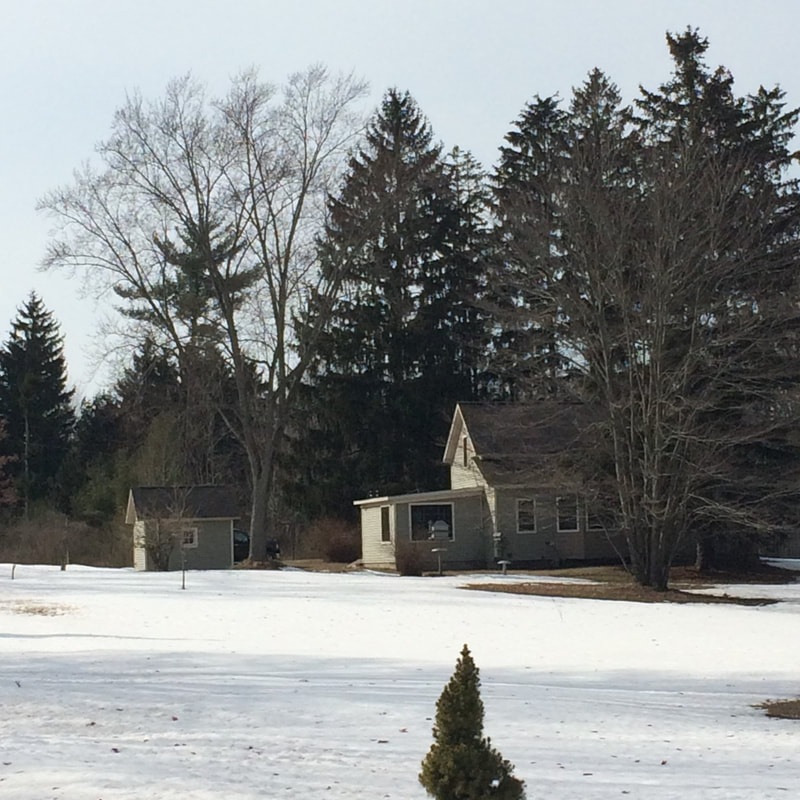
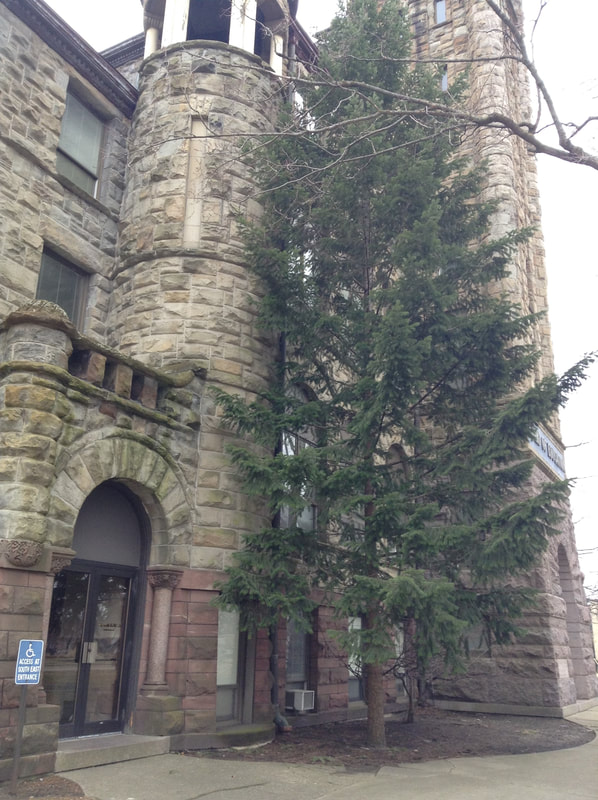
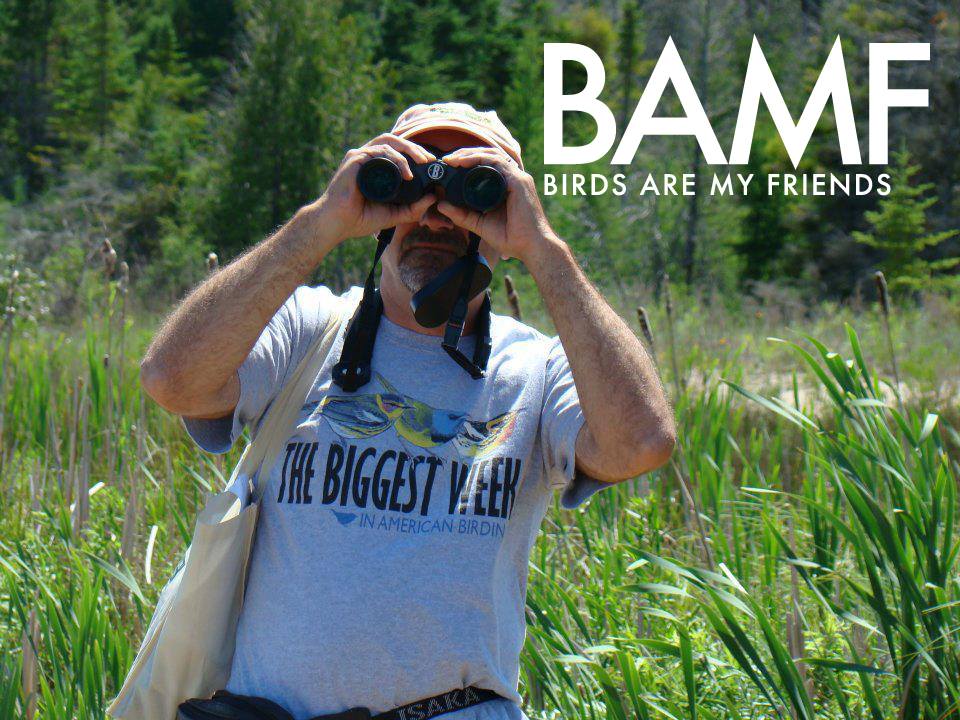
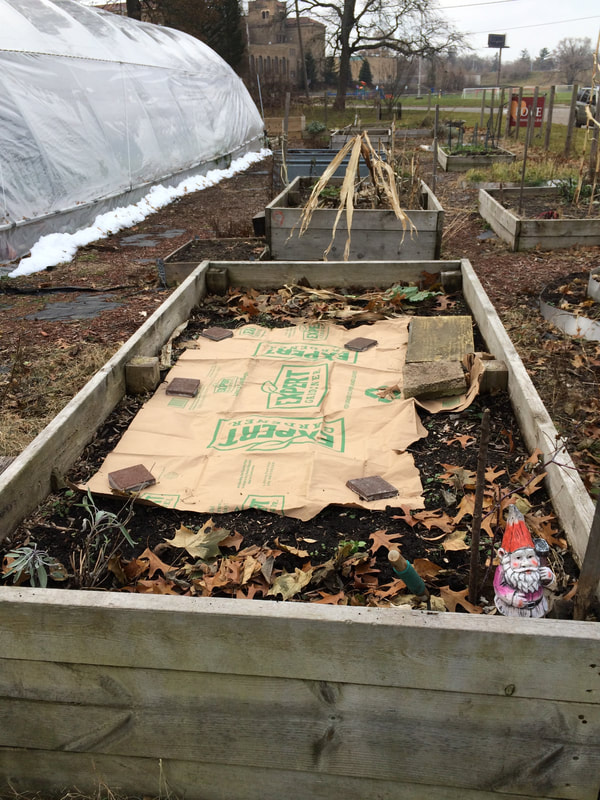
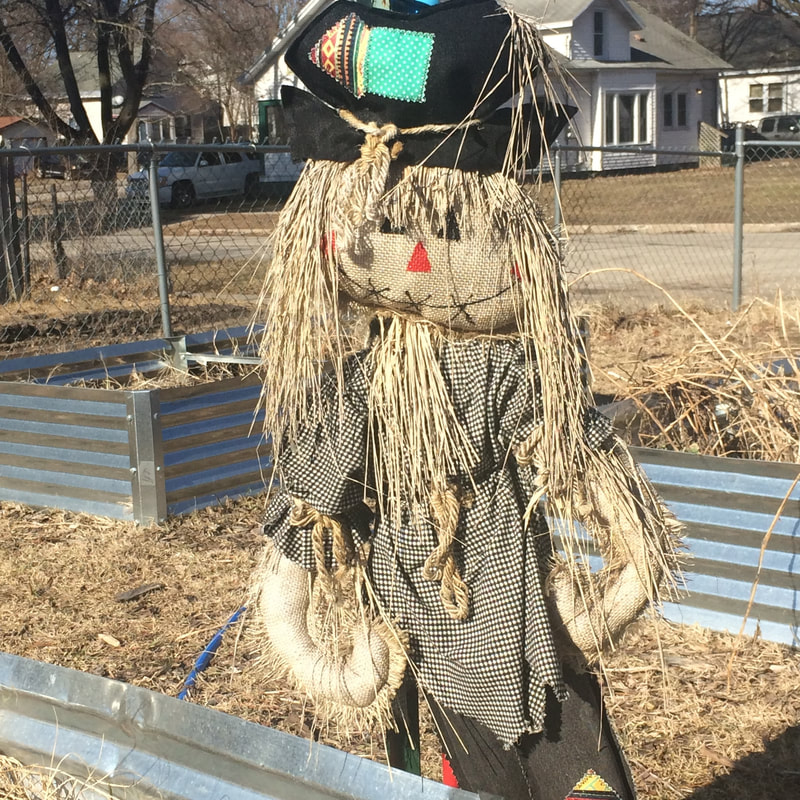
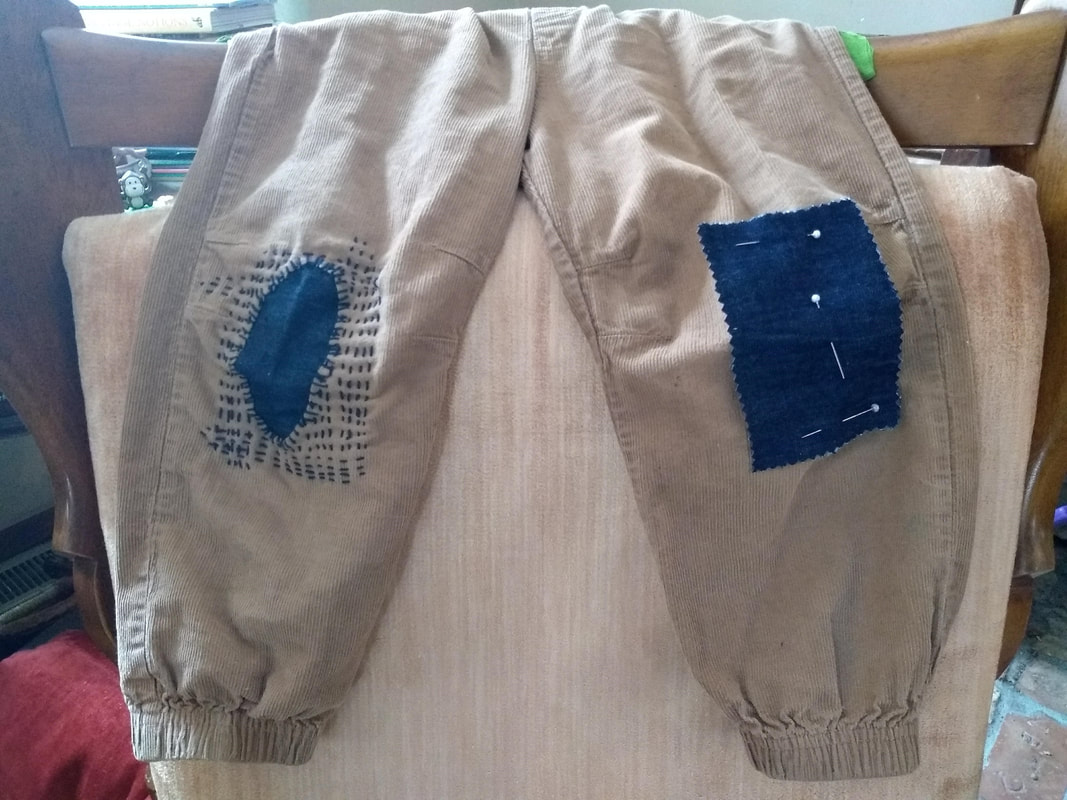
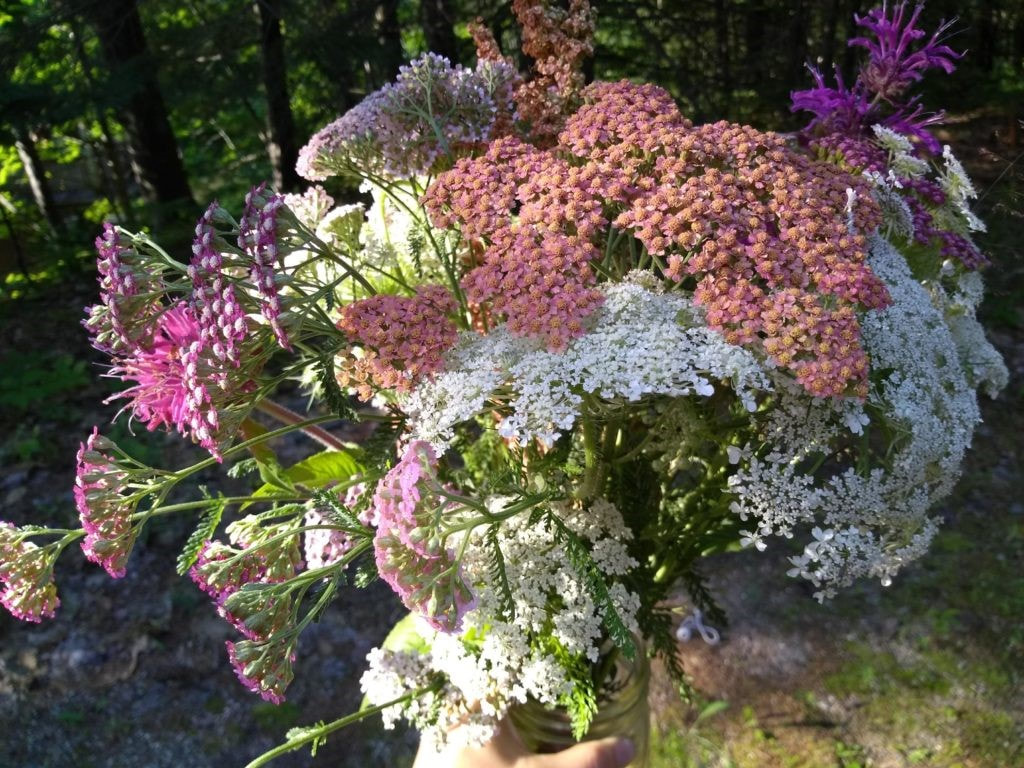
 RSS Feed
RSS Feed